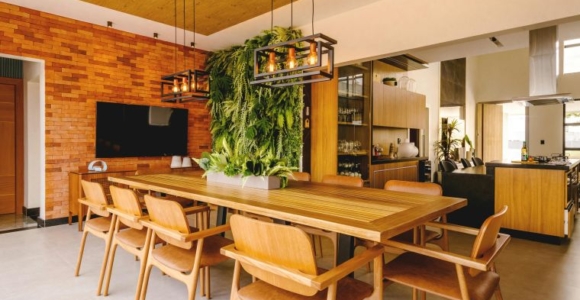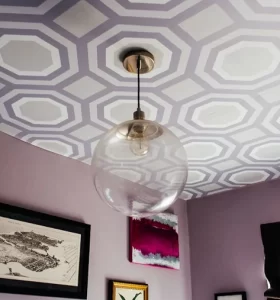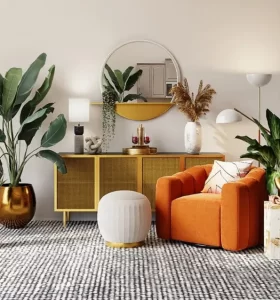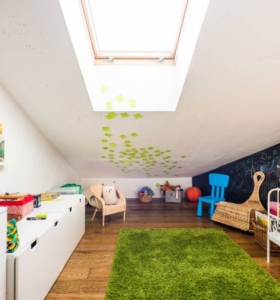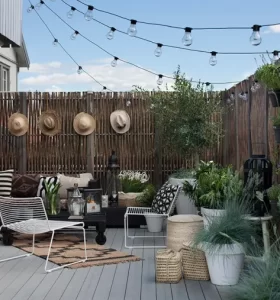Plantas de interiores resistentes y lo específico de sus cuidados
Las plantas de interiores han ganado popularidad en los últimos años debido a su capacidad para embellecer y dar vida a nuestros hogares. Sin embargo, no todas las plantas son adecuadas para sobrevivir en ambientes cerrados y con poca luz natural. Por esta razón, es importante conocer las plantas de interiores resistentes y los cuidados específicos que requieren.
Una de las plantas más resistentes y fáciles de cuidar es la Pothos. Esta planta tolera bien tanto la luz baja como la luz indirecta, lo que la convierte en una opción ideal para cualquier rincón de la casa. También es muy resistente a la falta de agua y puede sobrevivir períodos cortos sin ser regada. Sin embargo, es importante tener en cuenta que no tolera el encharcamiento, por lo que es fundamental evitar el exceso de riego.
Otra planta resistente y muy popular es la Sansevieria, también conocida como “Lengua de suegra”. Esta planta se adapta fácilmente a diferentes condiciones de luz y puede sobrevivir con poca agua. Además, tiene la peculiaridad de absorber el dióxido de carbono durante la noche, convirtiéndola en una opción ideal para el dormitorio. Solo es necesario regarla cuando la tierra esté seca.
La planta de jade es otra opción resistente y de bajo mantenimiento. Esta planta es conocida por su capacidad de almacenar agua en sus hojas suculentas, lo que le permite resistir períodos prolongados de sequía. Además, requiere luz indirecta y solo necesita ser regada cuando el suelo esté completamente seco.
Las cactáceas, como el cactus de Navidad o el cactus de barril, son también plantas de interior resistentes y fáciles de cuidar. Estas plantas son perfectas para aquellos que tienden a olvidarse de regar, ya que pueden tolerar la falta de agua durante largos períodos de tiempo. Además, necesitan luz indirecta y temperaturas cálidas para prosperar.
En cuanto a los cuidados generales de las plantas de interiores resistentes, es importante recordar que no todas las plantas necesitan la misma cantidad de luz, agua o temperatura. Por lo tanto, es fundamental investigar y conocer las necesidades específicas de cada planta antes de adquirirla. Además, es importante utilizar macetas con buen drenaje para evitar el encharcamiento y mantener un cuidado regular mediante la eliminación de hojas secas o enfermas.
En conclusión, las plantas de interiores resistentes son una excelente opción para aquellos que desean disfrutar de la belleza de la naturaleza en el interior de sus hogares. La Pothos, Sansevieria, planta de jade y cactáceas son algunas de las opciones más populares y fáciles de cuidar. Sin embargo, es importante recordar que cada planta tiene sus propias necesidades específicas, por lo que es necesario investigar y adaptar los cuidados en consecuencia. Con el cuidado adecuado, estas plantas pueden agregar vida y frescura a cualquier espacio interior. Además, tener plantas de interiores resistentes también tiene beneficios para la salud, ya que ayudan a purificar el aire y aumentar los niveles de oxígeno en el ambiente. También pueden reducir el estrés y mejorar el estado de ánimo. Por lo tanto, tener plantas en casa no solo embellece el espacio, sino que también crea un ambiente más saludable y agradable para vivir.
En resumen, las plantas de interiores resistentes son una opción perfecta para aquellos que desean agregar belleza y vida a sus hogares sin tener que preocuparse demasiado por los cuidados. La Pothos, Sansevieria, planta de jade y cactáceas son algunas opciones populares y fáciles de mantener. Sin embargo, es importante investigar y adaptar los cuidados según las necesidades específicas de cada planta. Con el cuidado adecuado, estas plantas pueden ser una fuente de alegría y frescura en cualquier espacio interior. No solo embellecen el ambiente, sino que también tienen beneficios para la salud, como purificar el aire y mejorar el estado de ánimo. Así que si estás buscando una forma sencilla de agregar vida y frescura a tu hogar, considera agregar algunas plantas de interiores resistentes a tu decoración. Además, recuerda que las plantas de interior también necesitan cuidados regulares, como limpiar sus hojas para eliminar el polvo y mantenerlas libres de plagas. También es importante proporcionarles un ambiente adecuado, evitando corrientes de aire frío o caliente, y proporcionándoles la cantidad adecuada de luz y temperatura. Si sigues estas pautas, podrás disfrutar de las ventajas estéticas y saludables de tener plantas de interior resistentes en tu hogar. Las plantas de interior resistentes son aquellas que pueden sobrevivir en condiciones de poca luz natural y con cuidados mínimos. Algunas opciones populares incluyen la Pothos, Sansevieria, planta de jade y cactáceas. Estas plantas son ideales para aquellos que no tienen tiempo o experiencia para cuidar plantas más delicadas.
La Pothos es una planta que tolera bien la luz baja y la luz indirecta. También puede sobrevivir períodos cortos sin ser regada, pero es importante evitar el exceso de riego para evitar el encharcamiento. La Sansevieria se adapta fácilmente a diferentes condiciones de luz y puede sobrevivir con poca agua. Además, absorbe dióxido de carbono durante la noche, lo que la convierte en una opción ideal para el dormitorio. La planta de jade es conocida por su capacidad de almacenar agua en sus hojas suculentas, lo que le permite resistir períodos prolongados de sequía. Las cactáceas, como el cactus de Navidad y el cactus de barril, también son opciones resistentes y fáciles de cuidar, ya que pueden tolerar la falta de agua durante largos períodos.
Es importante recordar que cada planta tiene sus propias necesidades específicas, por lo que es necesario investigar y adaptar los cuidados en consecuencia. Además, es crucial proporcionar un ambiente adecuado para las plantas de interior resistentes, evitando corrientes de aire frío o caliente y proporcionándoles la cantidad adecuada de luz y temperatura. También es importante utilizar macetas con buen drenaje para evitar el encharcamiento y mantener un cuidado regular mediante la eliminación de hojas secas o enfermas.
Tener plantas de interior resistentes no solo agrega belleza y vida a nuestros hogares, sino que también tiene beneficios para la salud. Estas plantas ayudan a purificar el aire y aumentar los niveles de oxígeno, reduciendo el estrés y mejorando el estado de ánimo. Por lo tanto, tener plantas en casa crea un ambiente más saludable y agradable para vivir.
En conclusión, las plantas de interior resistentes son una excelente opción para aquellos que desean agregar belleza y vida a sus hogares sin tener que preocuparse demasiado por los cuidados. La Pothos, Sansevieria, planta de jade y cactáceas son algunas opciones populares y fáciles de mantener. Con el cuidado adecuado, estas plantas pueden ser una fuente de alegría y frescura en cualquier espacio interior, embelleciendo el ambiente y mejorando la salud. Además, es importante recordar que cada planta tiene sus propias necesidades específicas, por lo que es necesario investigar y adaptar los cuidados en consecuencia. Con el cuidado adecuado, estas plantas pueden agregar vida y frescura a cualquier espacio interior. Además, tener plantas de interiores resistentes también tiene beneficios para la salud, ya que ayudan a purificar el aire y aumentar los niveles de oxígeno en el ambiente. También pueden reducir el estrés y mejorar el estado de ánimo. Por lo tanto, tener plantas en casa no solo embellece el espacio, sino que también crea un ambiente más saludable y agradable para vivir.
En resumen, las plantas de interiores resistentes son una opción perfecta para aquellos que desean agregar belleza y vida a sus hogares sin tener que preocuparse demasiado por los cuidados. La Pothos, Sansevieria, planta de jade y cactáceas son algunas opciones populares y fáciles de mantener. Sin embargo, es importante investigar y adaptar los cuidados según las necesidades específicas de cada planta. Con el cuidado adecuado, estas plantas pueden ser una fuente de alegría y frescura en cualquier espacio interior. No solo embellecen el ambiente, sino que también tienen beneficios para la salud, como purificar el aire y mejorar el estado de ánimo. Así que si estás buscando una forma sencilla de agregar vida y frescura a tu hogar, considera agregar algunas plantas de interiores resistentes a tu decoración. Además, recuerda que las plantas de interior también necesitan cuidados regulares, como limpiar sus hojas para eliminar el polvo y mantenerlas libres de plagas. También es importante proporcionarles un ambiente adecuado, evitando corrientes de aire frío o caliente, y proporcionándoles la cantidad adecuada de luz y temperatura. Si sigues estas pautas, podrás disfrutar de las ventajas estéticas y saludables de tener plantas de interior resistentes en tu hogar.
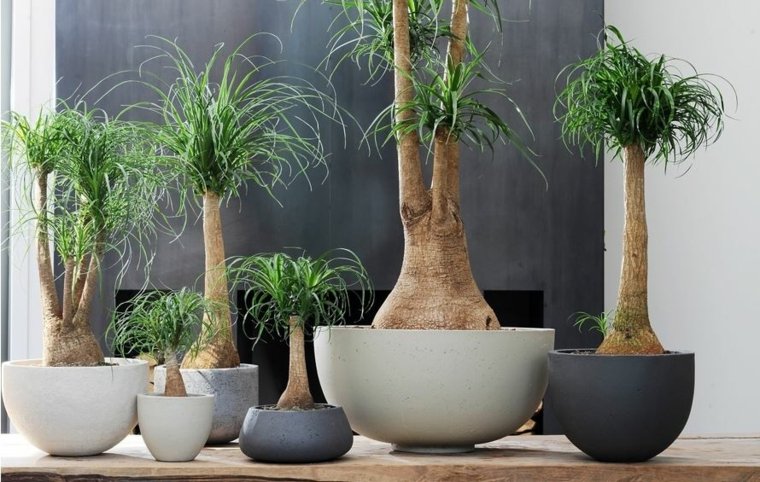
Are you tired of struggling to keep your indoor plants alive? Don’t worry, I’ve got you covered! In this article, I have selected a collection of resilient indoor plants that require minimal care. With these plants, you can decorate your home without constantly worrying about their well-being. So, let’s dive in and discover these low-maintenance beauties!
Resilient Indoor Plants: The Crown of Thorns
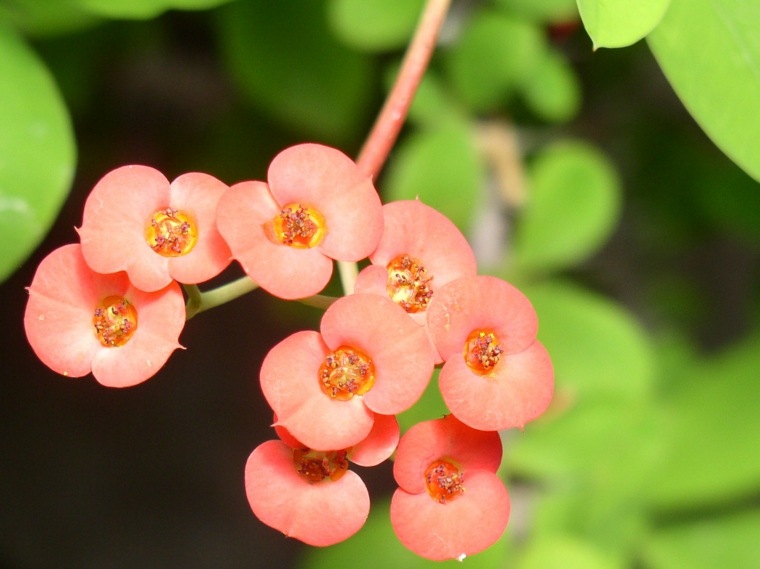
First up, we have the Crown of Thorns, also known as Euphorbia milii. This plant is a shrub native to Madagascar and can grow up to one and a half meters tall. If you decide to incorporate it into your interior decor, make sure to choose a larger pot to accommodate its growth.
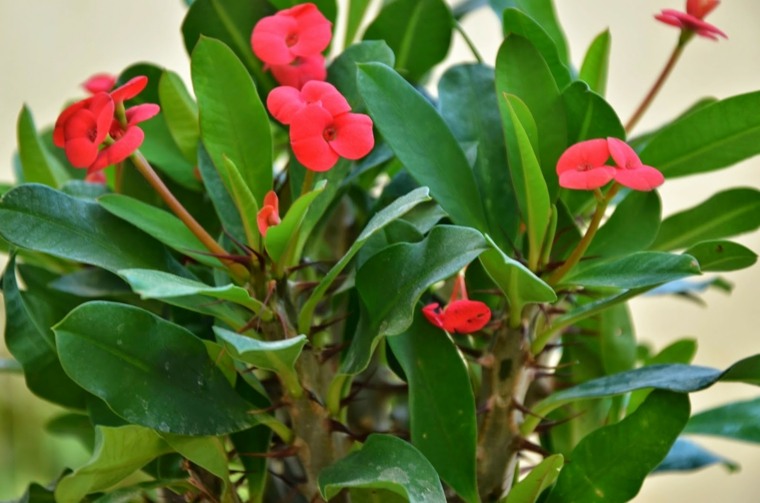
The Crown of Thorns thrives in semi-shaded areas, although it can tolerate direct sunlight. However, providing it with a shaded spot will ensure better care. Another advantage of this plant is that it doesn’t require daily watering. Its watering needs are moderate, and the pot should have proper drainage to prevent water retention. During winter, the watering frequency should be even lower, so make sure the soil is dry before watering.
Peperomia: A Resilient Indoor Plant
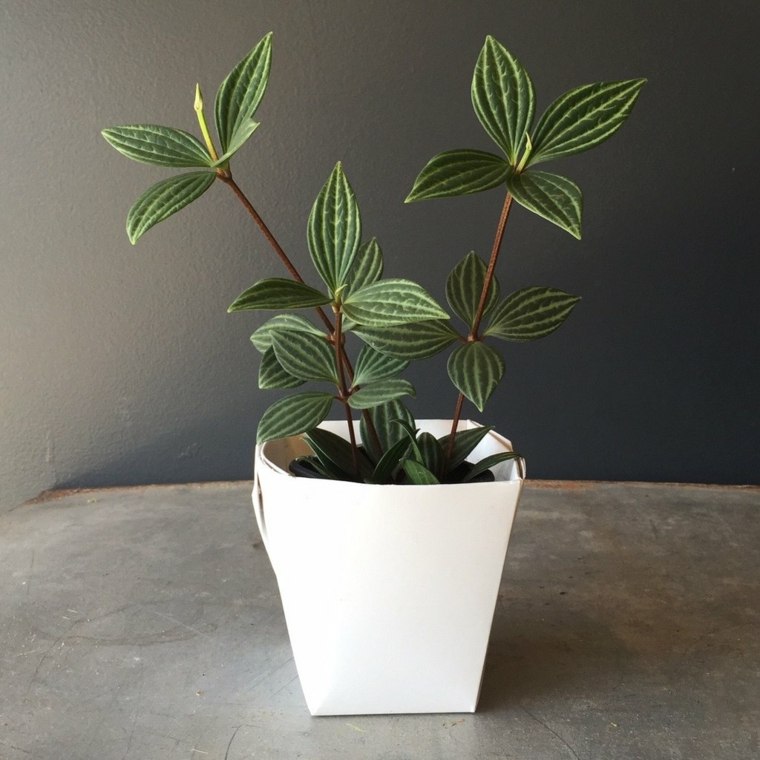
Next on our list is the Peperomia plant. Taking care of this plant is a breeze, making it perfect for anyone, even those without a green thumb. Peperomia originates from tropical regions, so it, too, cannot withstand cold temperatures and frost. This makes it an excellent choice for indoor decoration.
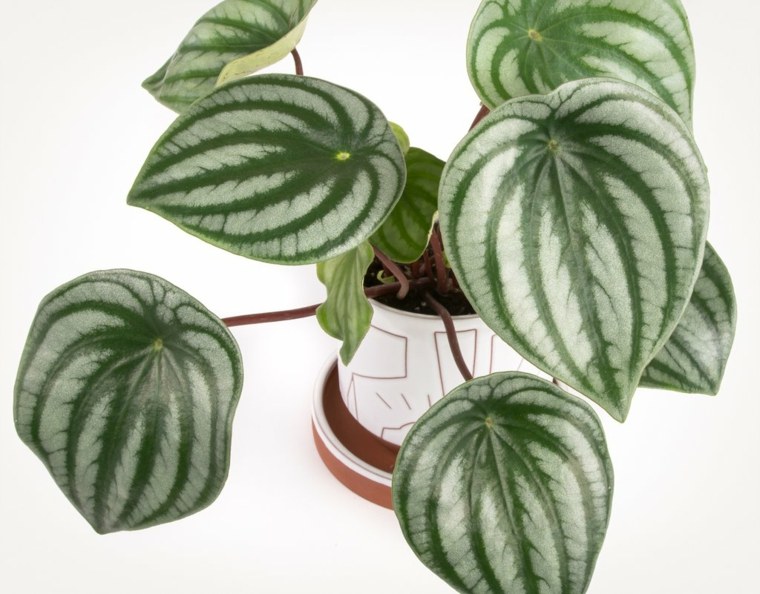
To provide the minimal care these plants need to thrive, choose a well-lit spot for them. However, make sure the sunlight doesn’t directly hit the leaves. Additionally, avoid placing them in areas with drafts, whether cold or hot.
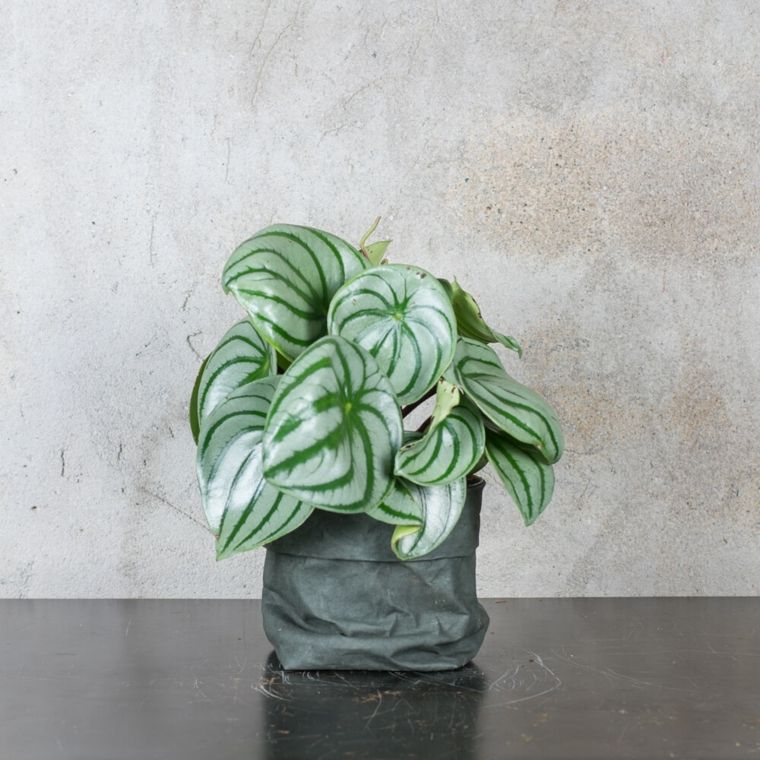
When it comes to watering, Peperomia plants require infrequent watering. In summer, water them once a week, and in winter, once every two weeks. However, they do appreciate higher humidity levels. To achieve this, you can place larger wet stones in the pot. Avoid misting the leaves with water, as it can lead to leaf rot.
Potus: A Stylish Addition to Your Indoor Space

Last but not least, we have the Potus plant. This plant is perfect for adding a touch of elegance to your home decor. Similar to the previous plants, Potus cannot tolerate cold temperatures and prefers shade. It’s an ideal choice for indoor spaces.
To ensure the well-being of your Potus plant, place it in a well-lit area without direct sunlight on the leaves. Avoid exposing it to any drafts, whether cold or hot.
When it comes to watering, Potus plants require minimal watering. In summer, water them once a week, and in winter, once every two weeks. However, they do appreciate higher humidity levels. To achieve this, you can place a tray of water near the plant or use a humidifier.
With these resilient indoor plants, you can enjoy the beauty of nature without the constant worry of providing extensive care. Choose the plants that suit your style and create a green oasis in your home!
Introducing the Resilient Indoor Plants: Potus, Tillandsia, and Succulents
Looking to add some greenery to your home? Look no further! We have a selection of resilient indoor plants that are not only easy to care for but also add a touch of beauty to any space.
Potus: The Climbing Beauty
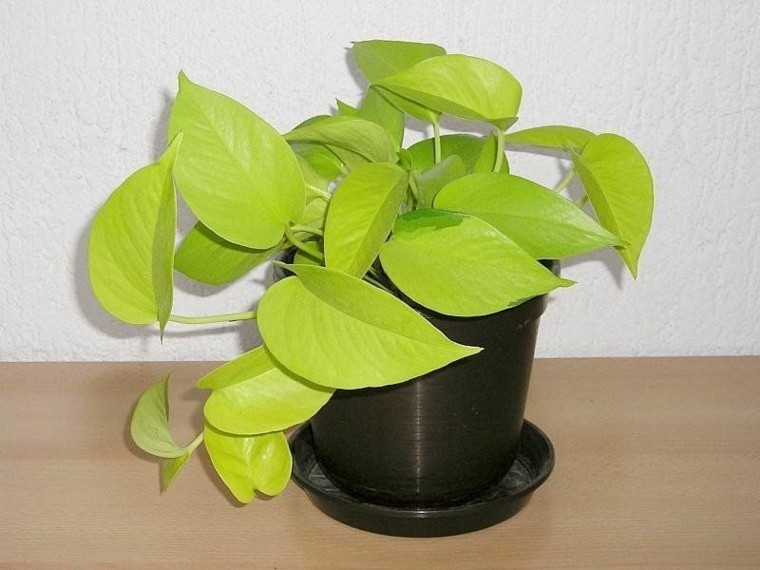
Also known as Epipremnum aureum, the Potus is a type of climbing plant that thrives when placed on top of furniture. Its versatility allows you to adjust it to your decorative preferences, making it a perfect addition to any interior.
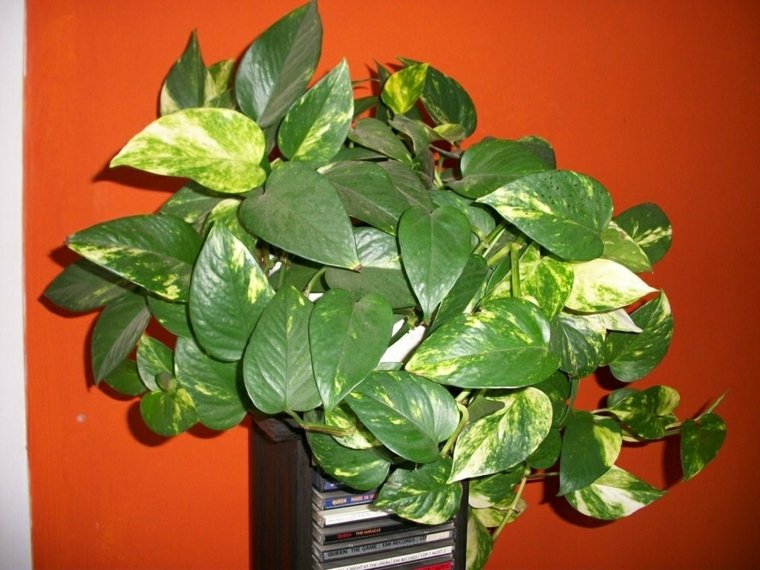
Like other plants, the Potus enjoys sunny and bright spaces, but be careful not to expose it directly to the sun as it can dry out the leaves. Unlike other plants, you can spray water on its leaves to provide extra moisture and freshness.
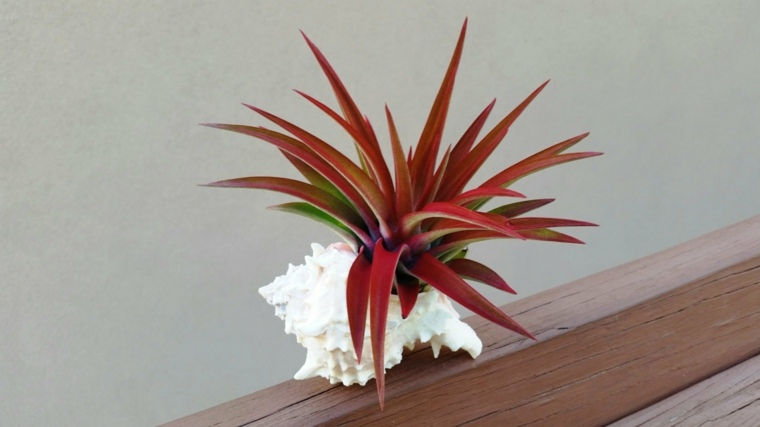
When it comes to fertilizing, the Potus has one specific requirement. During summer, it’s best to fertilize the soil every week, while in spring and autumn, once every fifteen days. In winter, you can reduce the frequency to once a month.
Tillandsia: The Adaptable Beauty
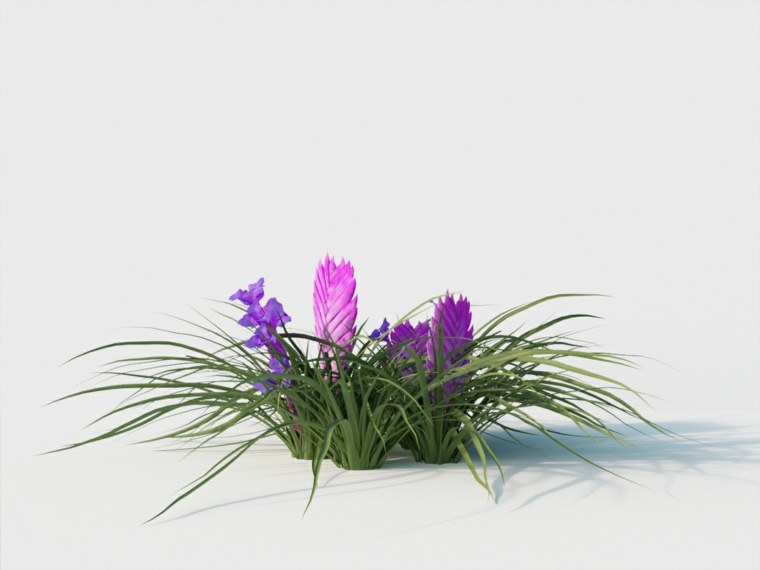
Meet Tillandsia, also known as Bromelia. This resilient plant is highly adaptable and can thrive both on your terrace during summer and indoors. Wondering where it will feel best? Let the plant guide you. If it’s not in the right spot, it will grow slower, indicating the need for a change.
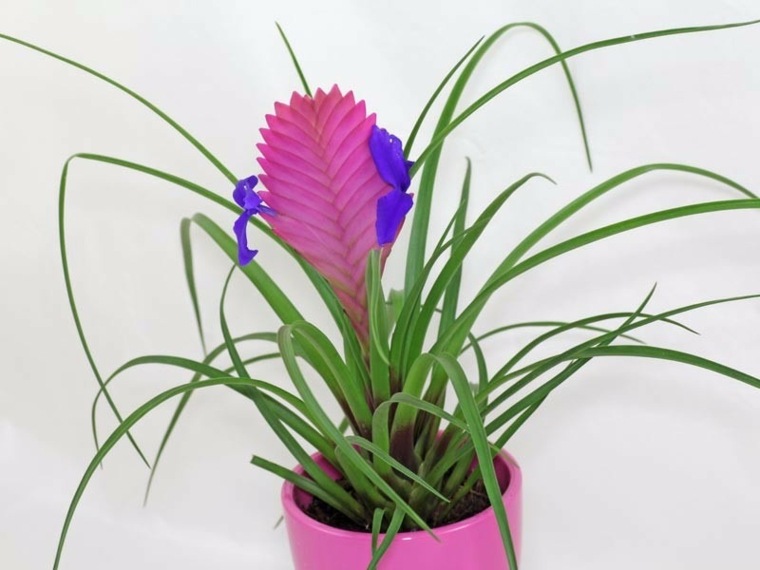
On the other hand, if the chosen spot provides too much light, the leaves will change color and start to wither. Adequate ventilation is also crucial for these plants to thrive, so make sure the space is well-ventilated.
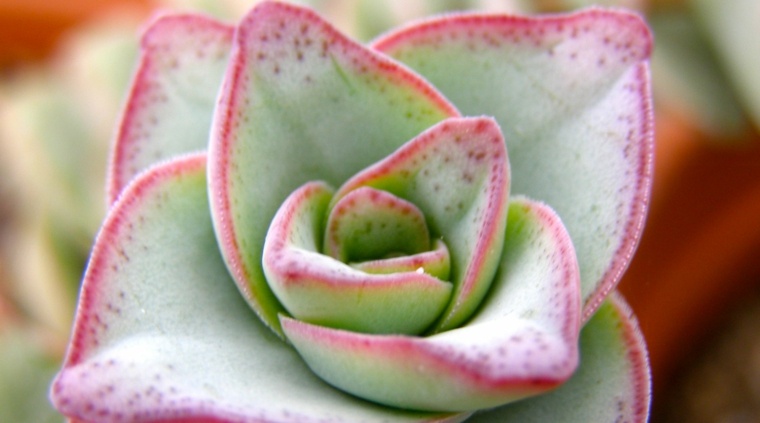
Maintaining the right humidity levels is essential for Tillandsia. These plants require a dry period, but if you notice any changes in the color or appearance of the leaves, it’s a sign that you need to adjust the humidity conditions.
Succulents: The Drought-Tolerant Beauties
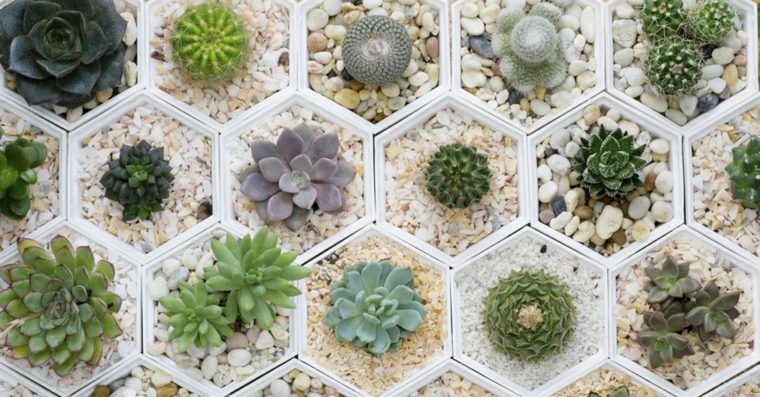
Now, let’s talk about succulents, the ultimate drought-tolerant plants. These unique plants have developed the ability to store water in their stems, roots, and leaves, making them perfect for dry periods.
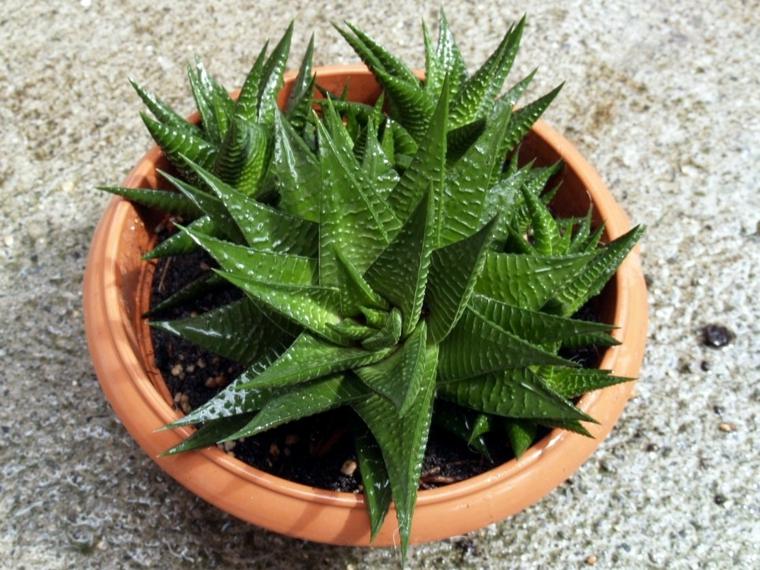
Caring for succulents is similar to caring for cacti. They don’t require much water and thrive in warm, well-lit spaces. However, avoid placing them directly on windowsills where the sun can damage them through the magnifying effect of the glass.

Ready to add some greenery to your home? These resilient indoor plants will not only bring life to your space but also require minimal effort to maintain. Choose your favorites and enjoy the beauty of nature indoors!
Looking to add some greenery to your home or office? Indoor plants are a great option, and they don’t require a green thumb to keep them alive. Let’s explore some popular indoor plant options and how to care for them.
First up, we have succulents, which are known for their ability to store water. These plants thrive in well-lit areas near windows, as long as they are not directly exposed to the sun. This prevents the magnifying glass effect that can damage their delicate surfaces.
Next, let’s talk about cacti. These spiky plants are the most famous succulents of all. The care principles for cacti are similar to other succulents. There are many cactus species to choose from, including those that bloom with beautiful and aromatic flowers. Just remember, cacti don’t need much water due to their natural ability to store it. So, water them sparingly and protect them from the cold.
If you live in a warm climate and have a garden, you can even plant and cultivate succulents outdoors. They will adapt to the environment and soil, eliminating the need for daily watering.
Now, let’s move on to the Peace Lily, also known as the Spathiphyllum. This plant is perfect for those who are new to plant care or want an office-friendly option. With its beautiful white flowers, the Peace Lily adds a touch of elegance to any space. However, it’s important to place it away from direct sunlight to avoid damaging its delicate blooms.
When it comes to watering, aim for about twice a week if the soil is dry. If it’s still moist, wait for it to dry out before watering again. During the flowering season, remember to fertilize the soil every twenty days to keep the plant healthy and vibrant.
Lastly, let’s talk about the Red Anthurium. This plant has gained popularity in recent years due to its striking red flowers, which make a bold statement in any interior decor. The Red Anthurium requires less attention compared to other plants, making it a favorite among consumers.
To care for the Red Anthurium, it’s important to understand its natural habitat, the jungle. These plants thrive in humid environments, so be sure to mist their leaves, stems, and flowers with water regularly.
Adding indoor plants to your space not only enhances the aesthetics but also brings a sense of tranquility and freshness. So, go ahead and green up your surroundings with these low-maintenance beauties.
Are you looking to add some greenery to your indoor space? Well, we have some resilient plant options for you! Not only will these plants bring life to your interiors, but they are also low-maintenance and can withstand various climates and environments.
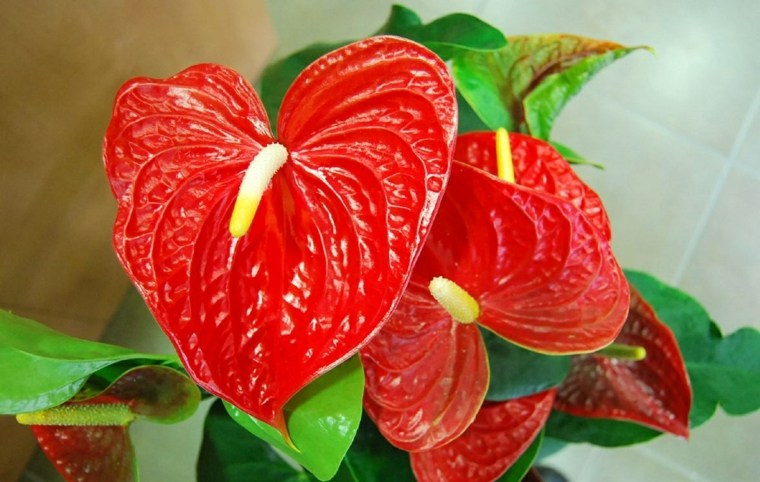
First up, we have the Anthurium. This beautiful plant requires a well-lit spot near a window, but make sure it doesn’t receive direct sunlight. The intense rays can burn the leaves, just like a magnifying glass effect. Additionally, be careful not to overwater it; only water when the soil has dried out.
The Resilient Monstera Deliciosa
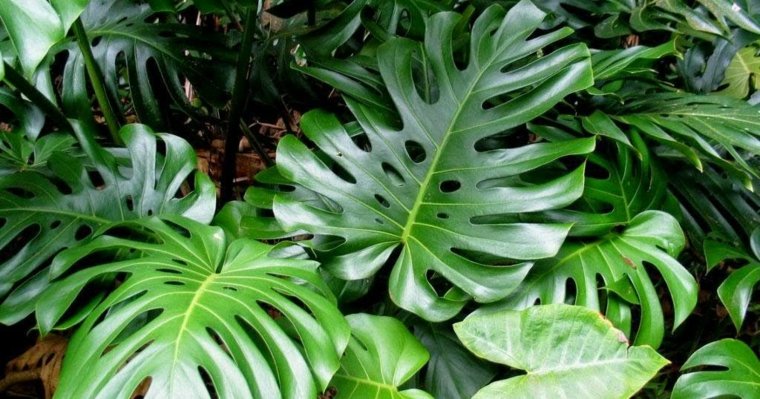
Another resilient plant that can thrive indoors is the Monstera Deliciosa, also known as the Swiss Cheese Plant. Its unique structure features flexible leaves and stems. As the plant grows larger, the weight of the leaves will change their growth direction, so you may need to provide some support.
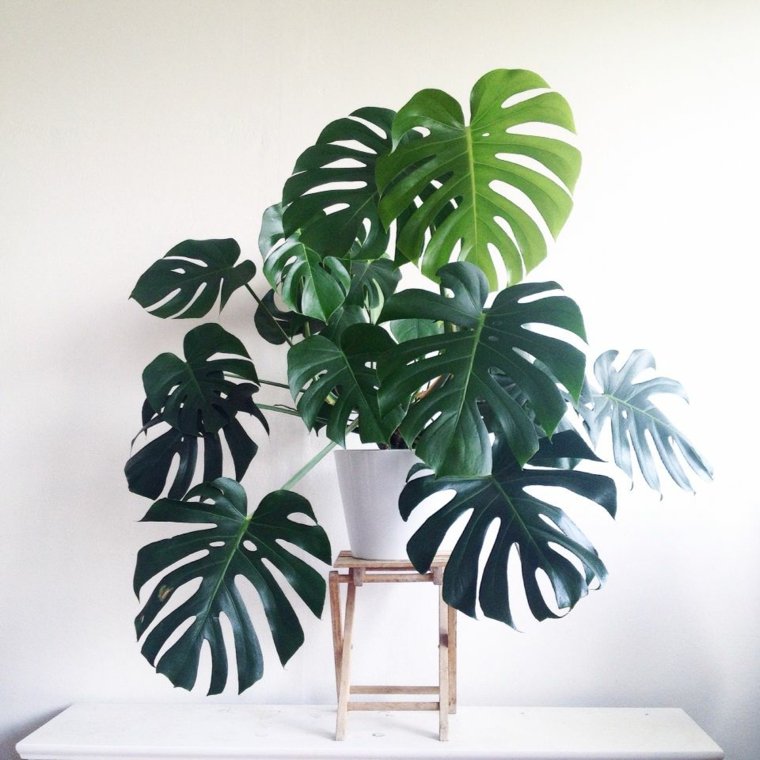
Whether you choose to cultivate plants indoors or outdoors, the Monstera Deliciosa can adapt to both environments. If you opt for indoor cultivation, ensure it has plenty of light. On the other hand, if you decide to grow it outdoors, place it in a shaded area. There are many other shade-loving indoor plants you can explore, so check out our related articles for more inspiration.
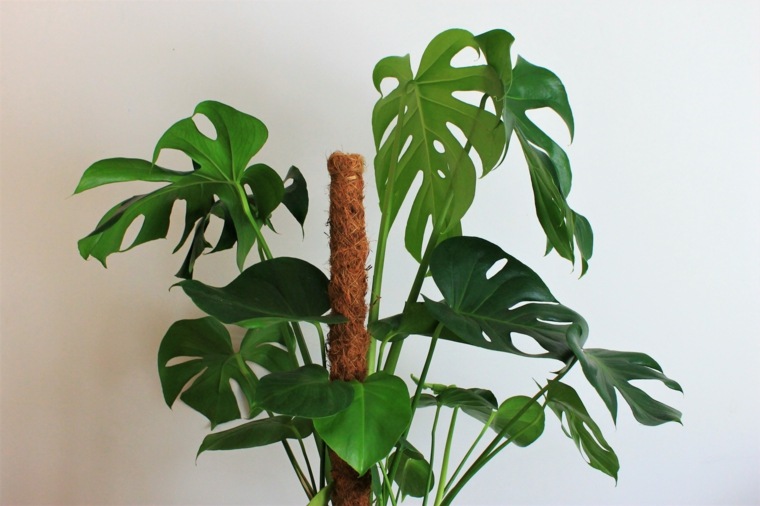
Despite its resilience, the Monstera Deliciosa doesn’t require misting or spraying its leaves. Just make sure the soil has dried out between waterings to avoid overwatering.
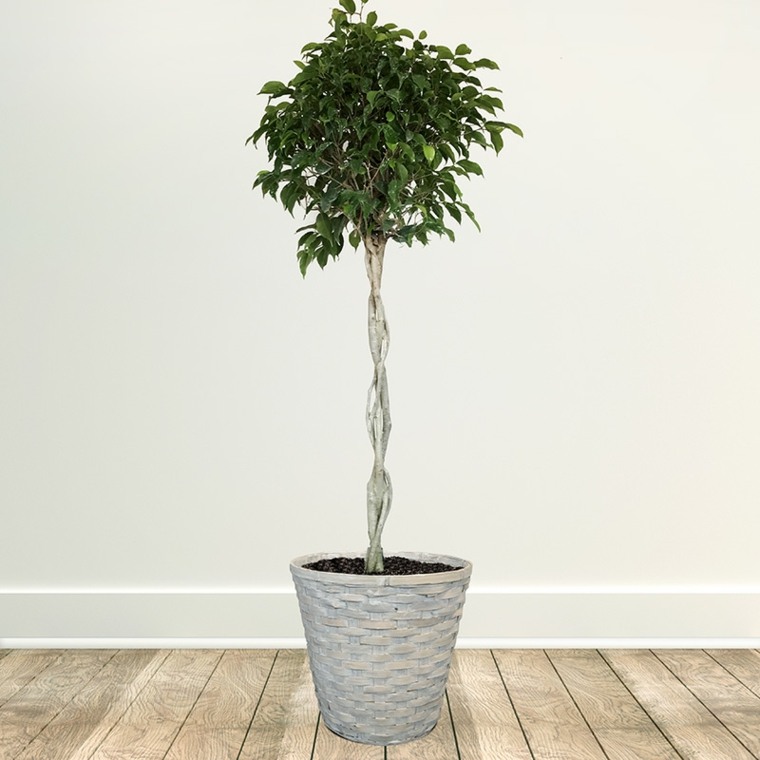
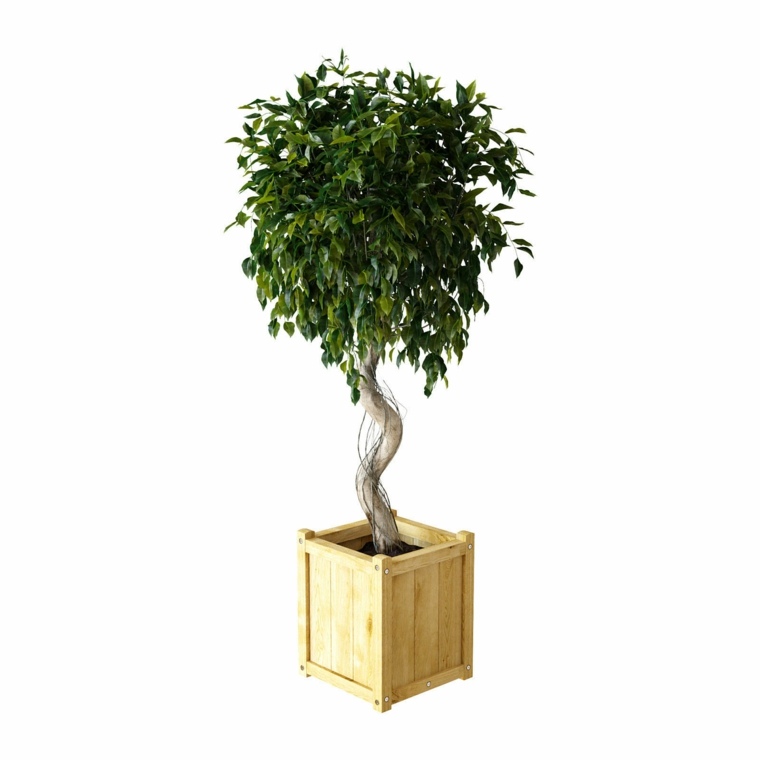
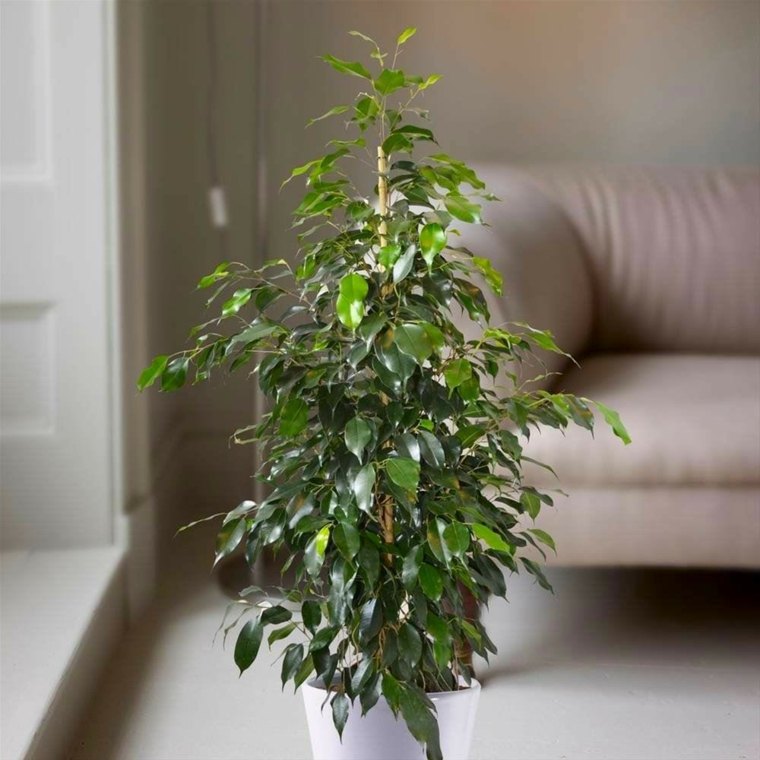
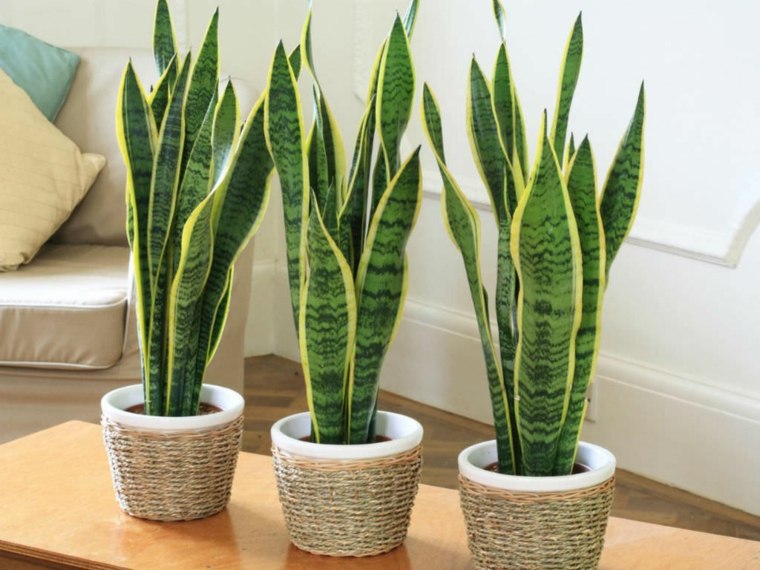
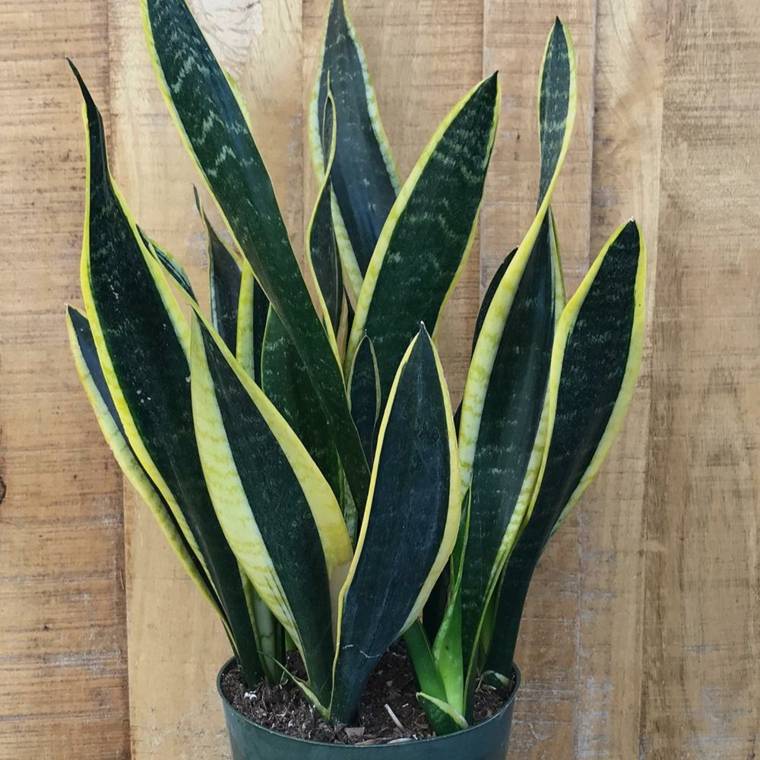
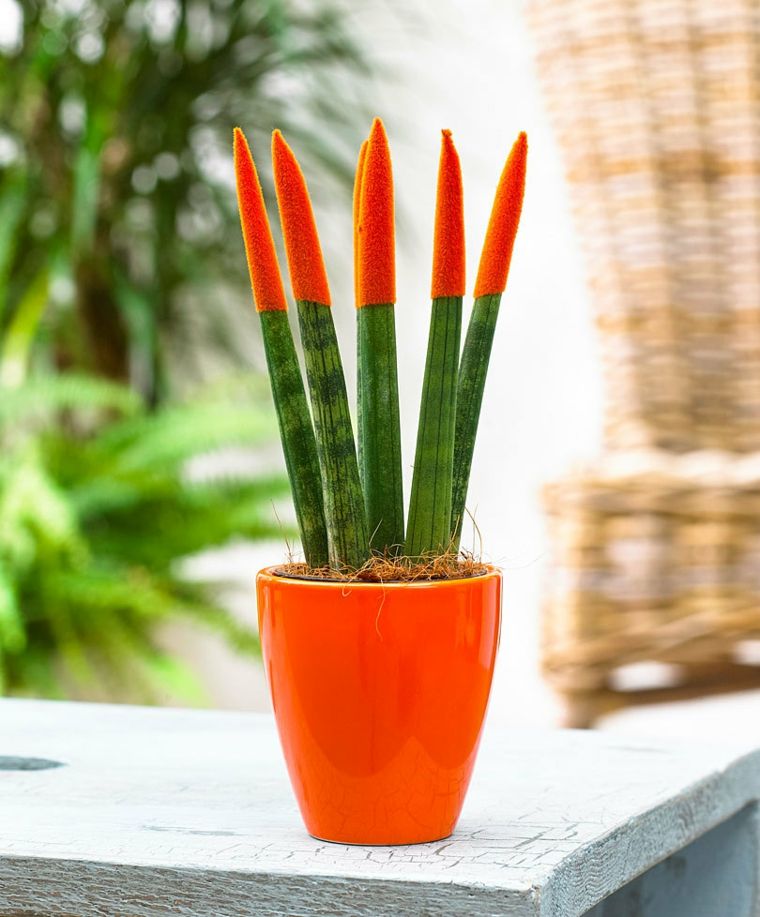
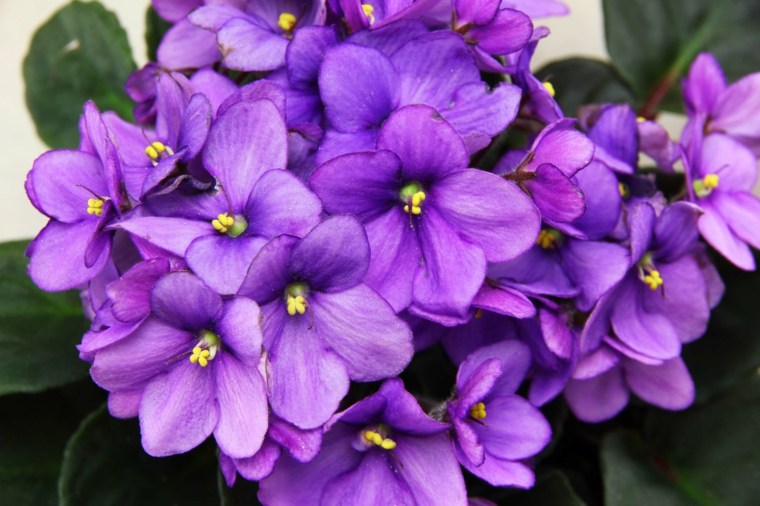
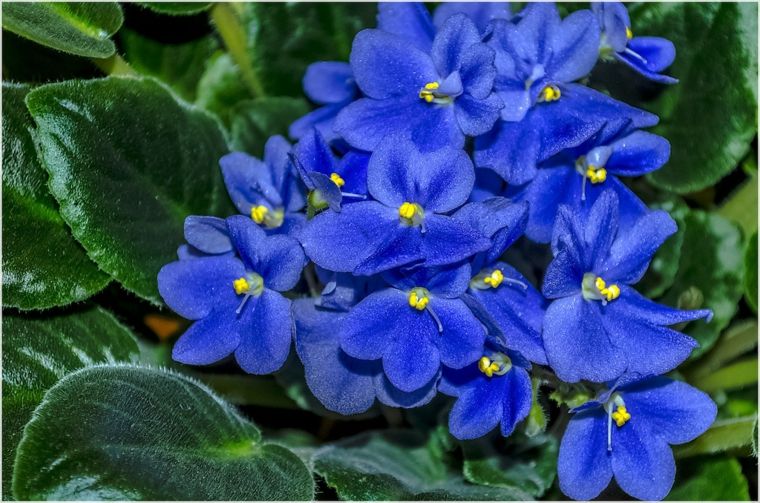
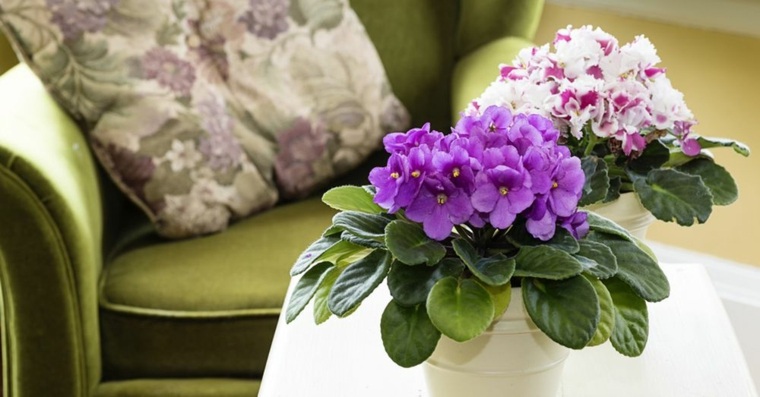
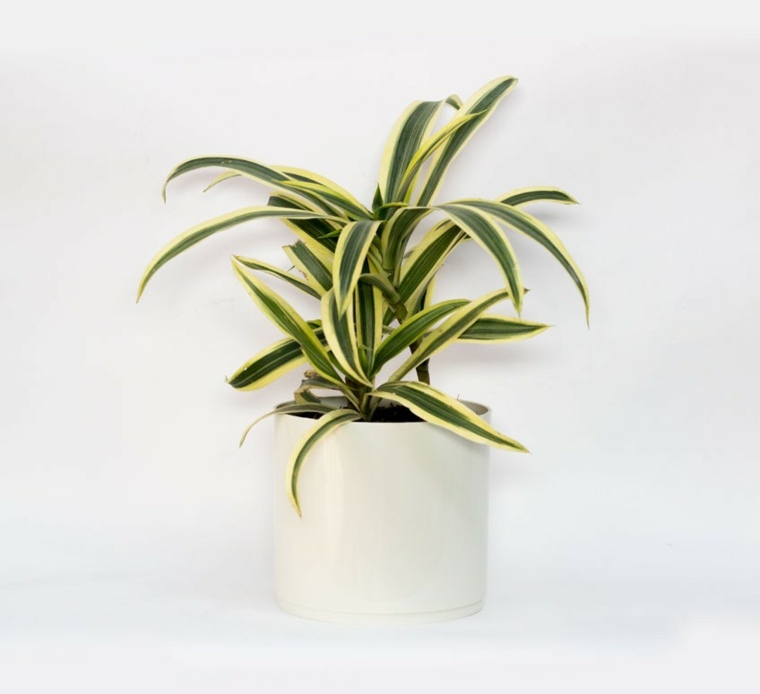
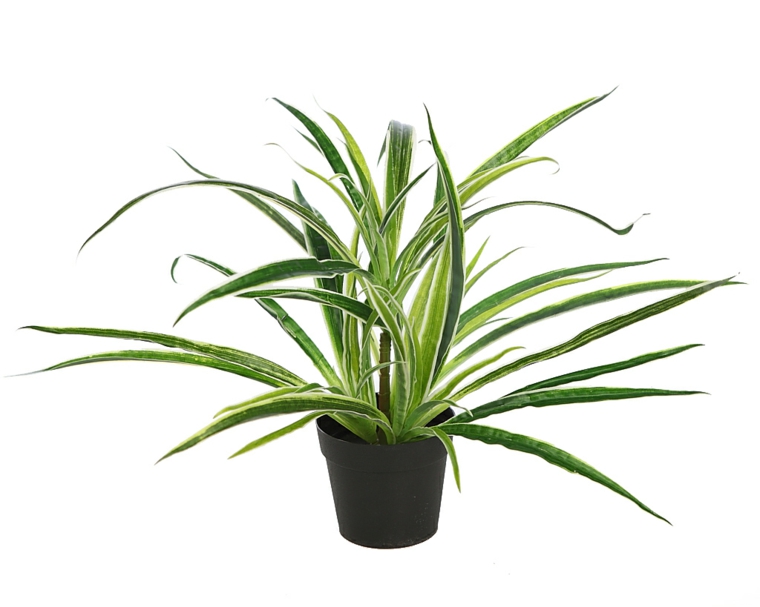
Are you tired of struggling to keep your indoor plants alive? Look no further! We have compiled a list of resilient indoor plants that will not only survive but thrive in any home environment.
1. Snake Plant (Sansevieria)
Known for its ability to tolerate low light conditions and neglect, the Snake Plant is a perfect choice for beginners. Its striking sword-like leaves will add a touch of elegance to any room.
2. ZZ Plant (Zamioculcas zamiifolia)
The ZZ Plant is practically indestructible. It can survive in low light and can go without water for weeks. Its glossy, dark green leaves will bring a sense of tranquility to your space.
3. Pothos (Epipremnum aureum)
Pothos is a popular choice for its trailing vines and heart-shaped leaves. It can tolerate a wide range of light conditions and is known for its air-purifying qualities.
4. Spider Plant (Chlorophytum comosum)
Spider Plants are known for their ability to produce “spiderettes” or baby plants that dangle from the mother plant. They are easy to care for and can tolerate a variety of light conditions.
5. Peace Lily (Spathiphyllum)
The Peace Lily is not only beautiful but also a great air purifier. It prefers low light conditions and will let you know when it needs water by drooping its leaves.
6. Chinese Evergreen (Aglaonema)
Chinese Evergreen is a versatile plant that can adapt to different light conditions. Its variegated leaves come in various shades of green, making it a visually appealing addition to any space.
7. Aloe Vera (Aloe barbadensis)
Aloe Vera is not only a popular medicinal plant but also a low-maintenance indoor plant. It thrives in bright, indirect light and requires minimal watering.
8. Rubber Plant (Ficus elastica)
Rubber Plants are known for their large, glossy leaves that can add a tropical touch to your home. They prefer bright, indirect light and should be watered when the top inch of soil feels dry.
So, if you’re looking to bring some greenery into your home without the hassle of constant care, give these resilient indoor plants a try. They will not only survive but thrive in any home environment, adding beauty and freshness to your space.
